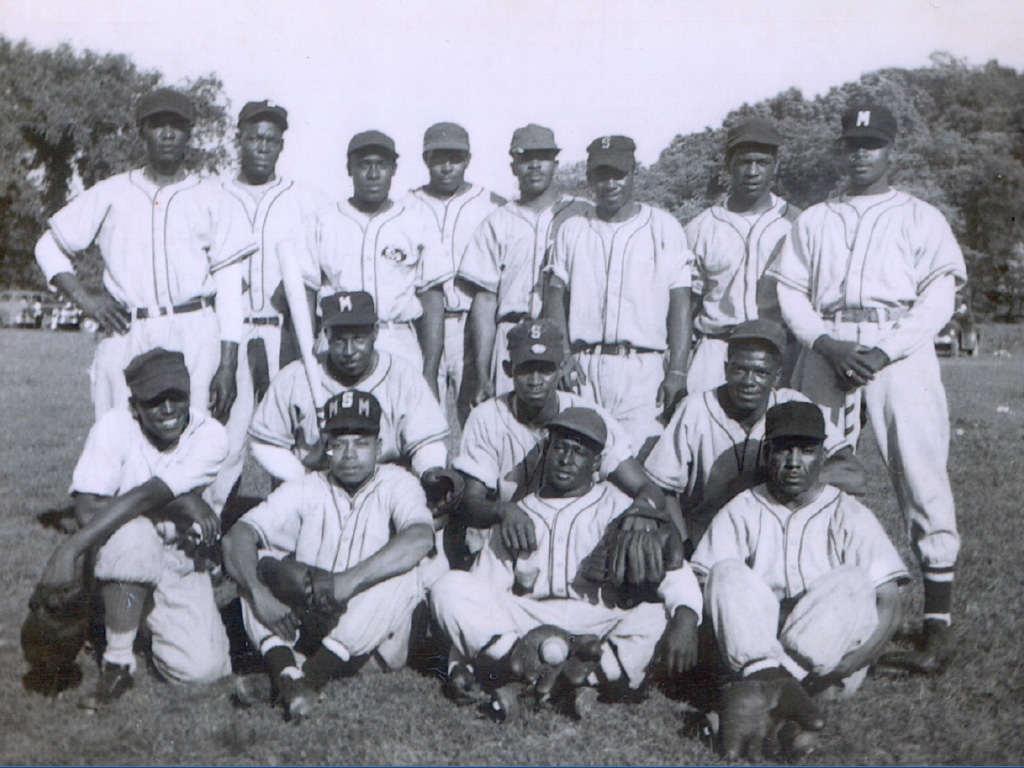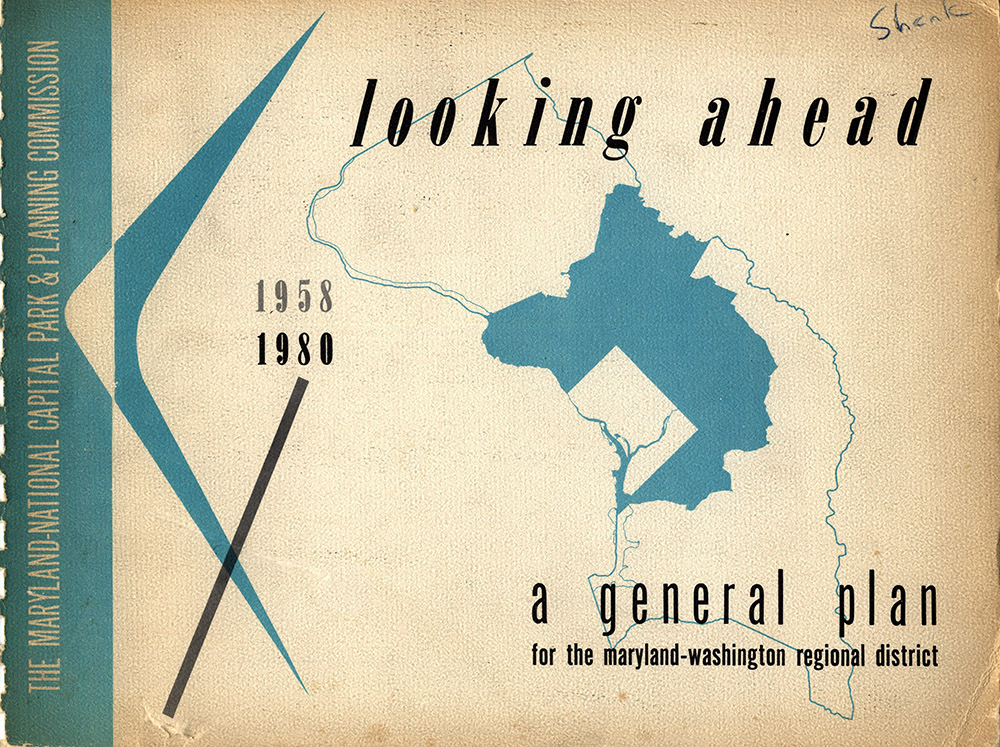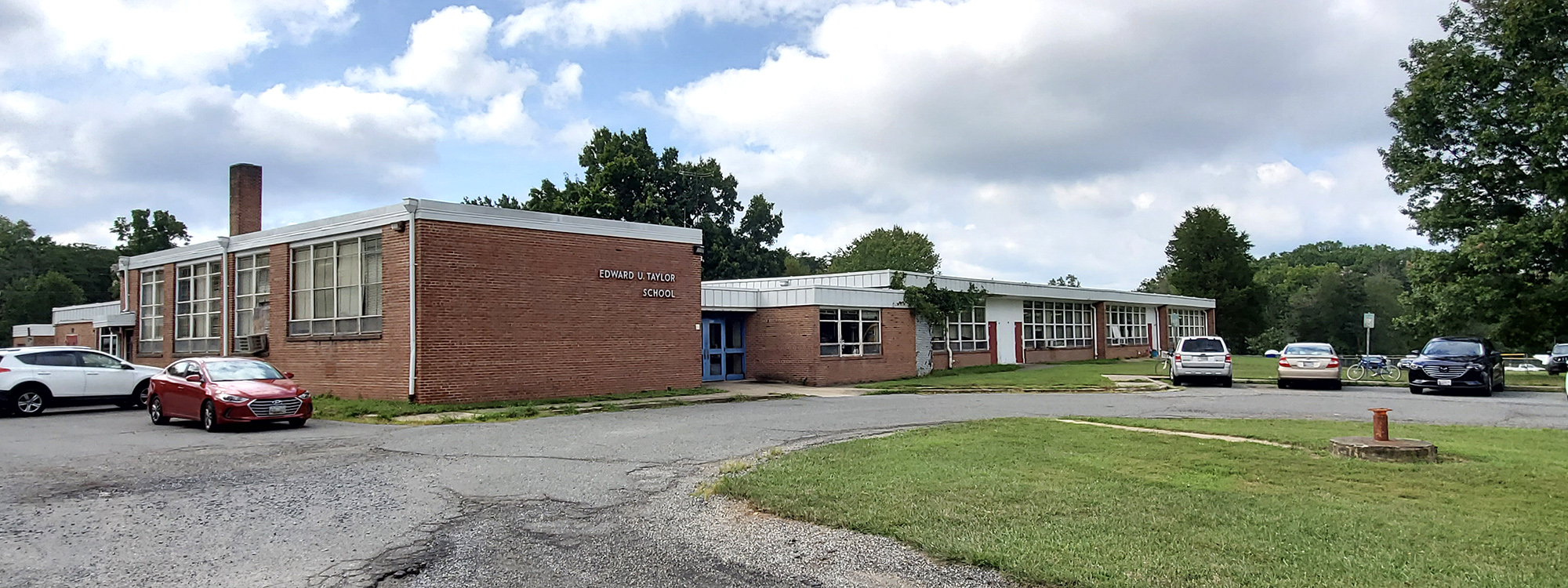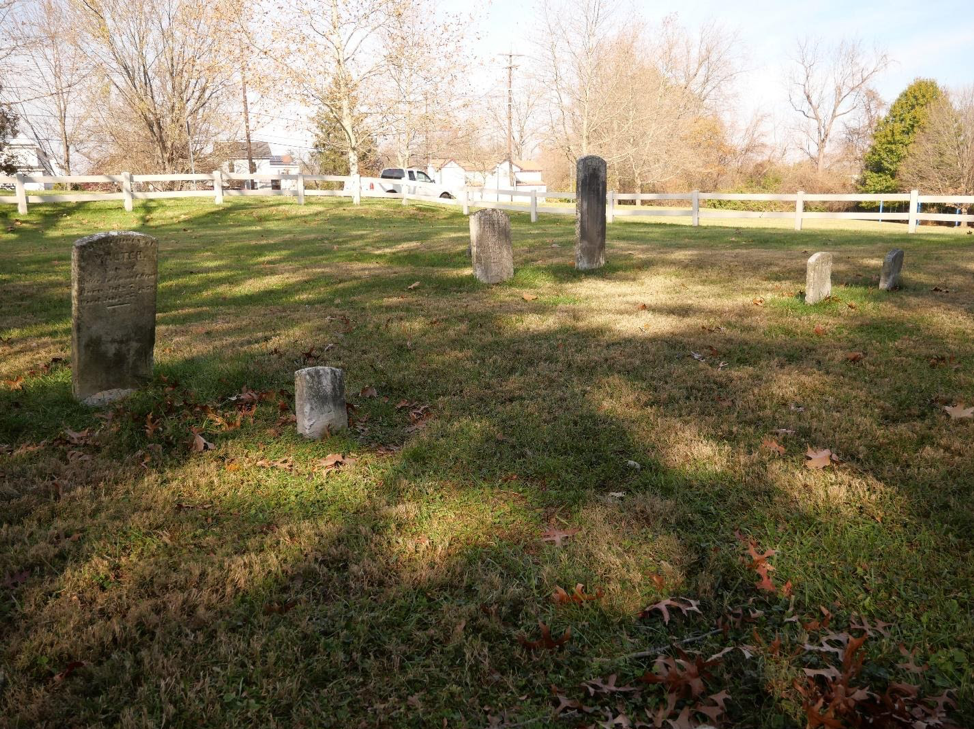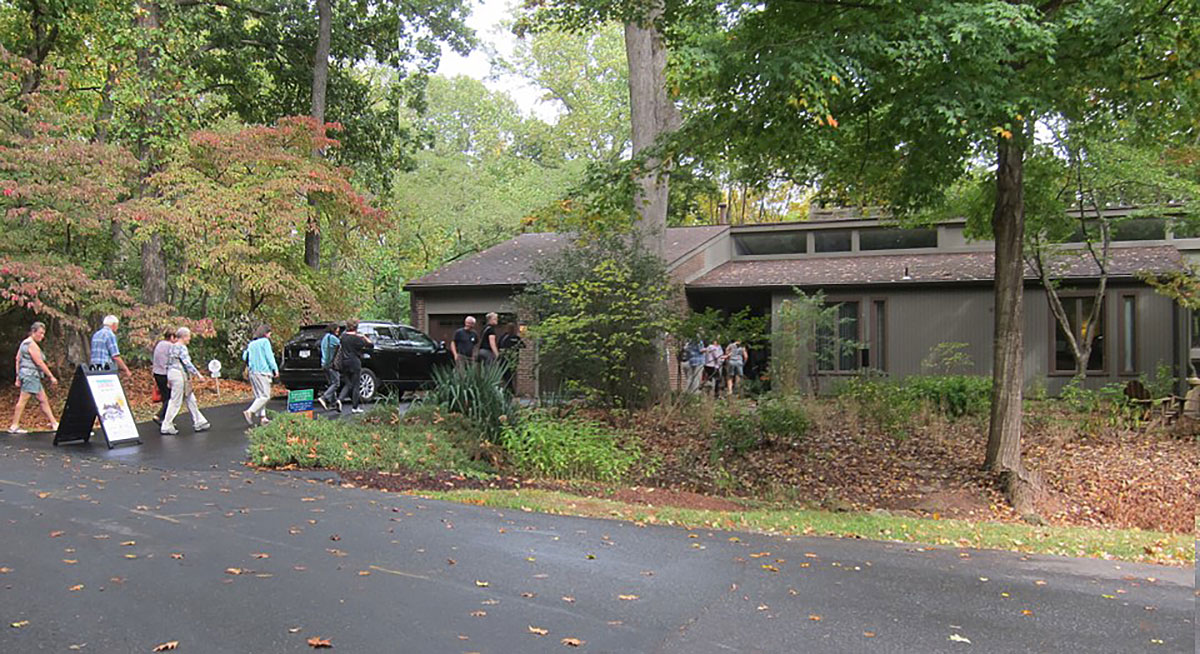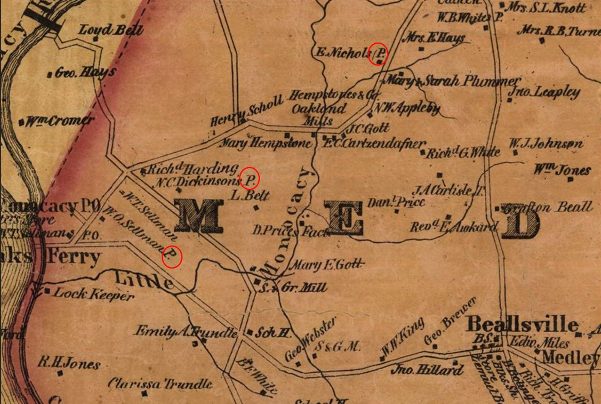
Community input sheds light on Montgomery County history
By Kacy Rohn, in collaboration with Montgomery History
Over the summer, we published a blog post seeking input on an unanswered question about an abbreviation used on Martenet & Bond’s 1865 Map of Montgomery County. The map frequently used the letter “P” following individual’s names but didn’t indicate what that meant. Without a key to the map, we considered several meanings: could it be “place,” “principal,” “plantation,” or “pump?” This was a mystery even to the original mapmaking company, S.J. Martenet & Co., whose records of the map’s production were lost in the Great Baltimore Fire of 1904.
In partnership with Montgomery History, we put out a call for suggestions and received nearly 100 … Continue reading
